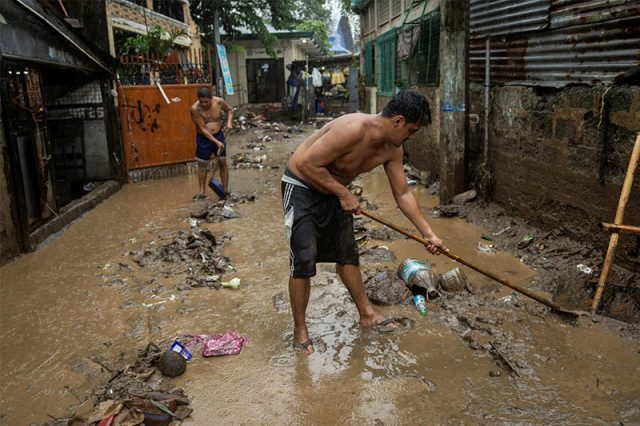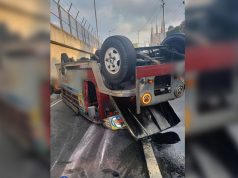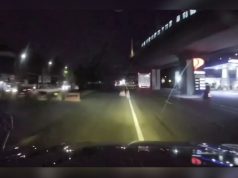
What does it really mean when a flood is “gutter deep” or “tire deep?”
The Metropolitan Manila Development Authority (MMDA) released a “Flood Gauge System” to help motorists and commuters easily determine the depth of floodwaters in their area.
It categorized flood levels based on vehicles under three categories: Passable to All Types of Vehicles (PATV), Not Passable to Light Vehicles (NPLV), and Not Passable to All Types of Vehicles (NPATV).
PATV. Floodwaters up to eight to ten inches are passable to all types of vehicles.
An eight-inch flood is called “gutter deep,” while a ten-inch flood is called “half-knee deep.”
NPLV. Meanwhile, floodwaters of 13 to 19 inches are not passable to light vehicles.
A 13-inch flood is considered “half tire deep,” while a 19-inch flood is considered “keep deep.”
NPATV. On the other hand, floodwaters that are 26 to 45 inches deep are not passable to all types of vehicles.
A 26-inch flood is called “tire deep,” while a 37-inch flood is called “waist deep.” Meanwhile, a 45-inch flood is called “chest deep.”
The MMDA said there are at least 80 flood-prone areas in Metro Manila.
These include Taft Avenue and Espana Boulevard in Manila, G. Araneta Avenue and EDSA Near Camp Aguinaldo in Quezon City, Maysilo Circle in Mandaluyong, Buendia Avenue in Pasay City, Sucat Avenue in Parañaque, and JPA Subdivision in Muntinlupa.
The traffic authority releases flood updates on its Facebook and X (formerly Twitter) pages, where it informs the public about the flooded areas and their depth.









